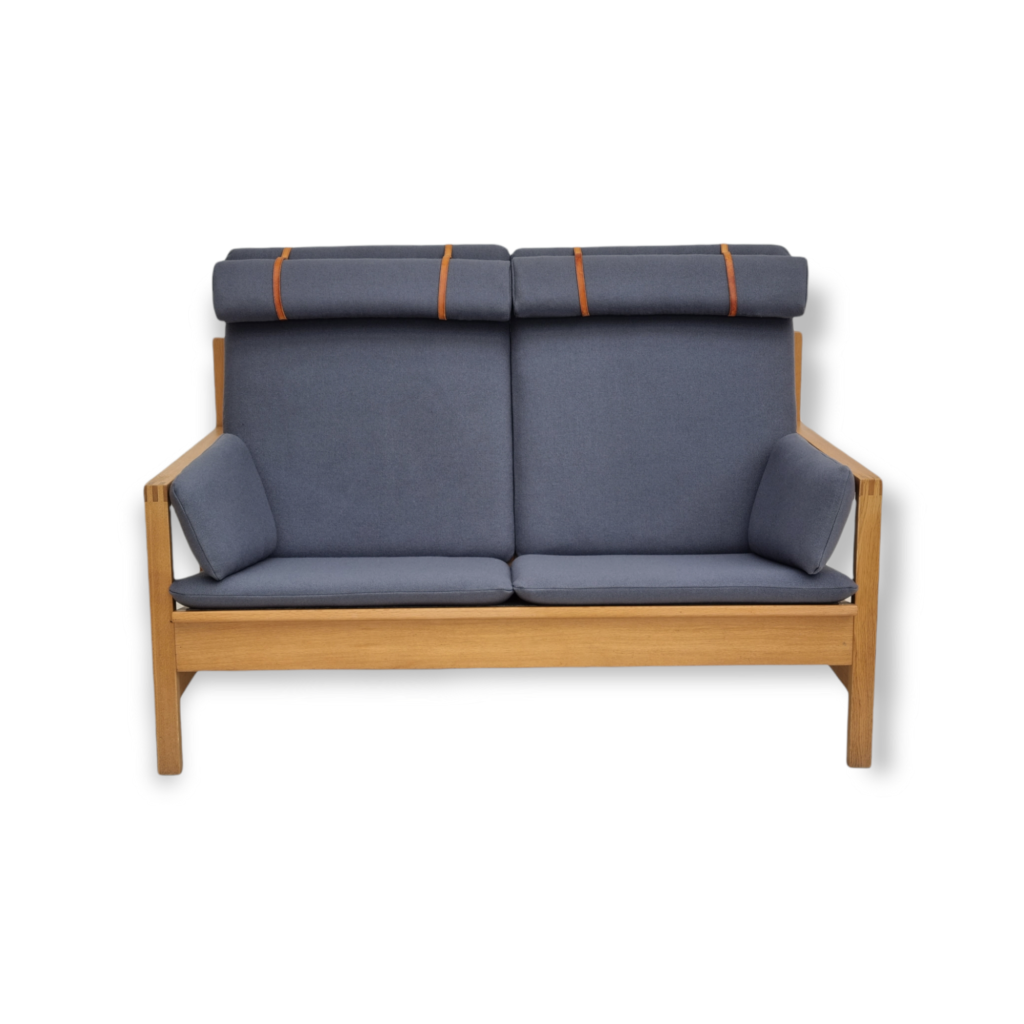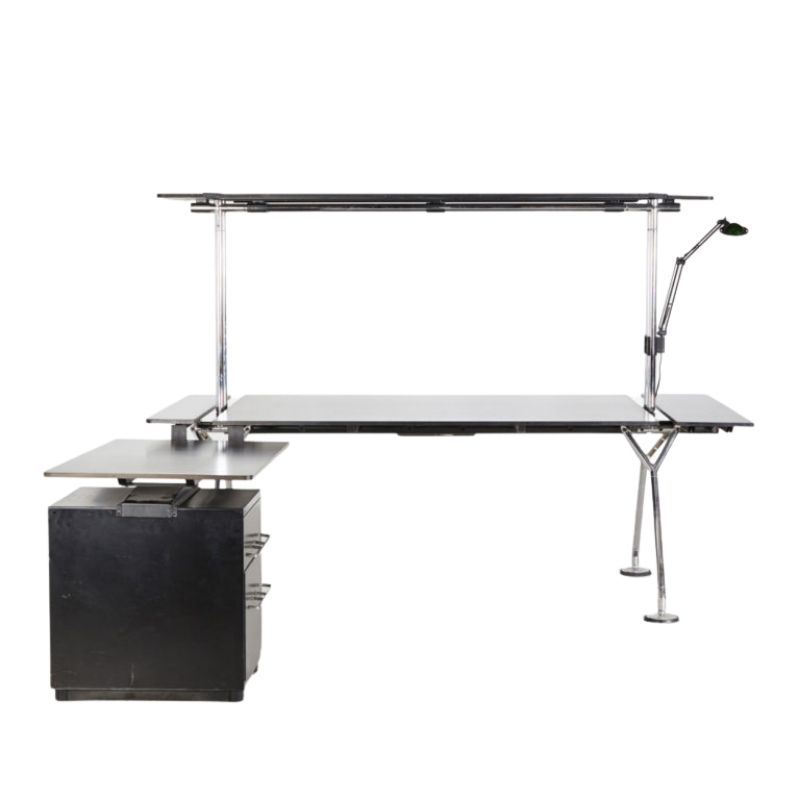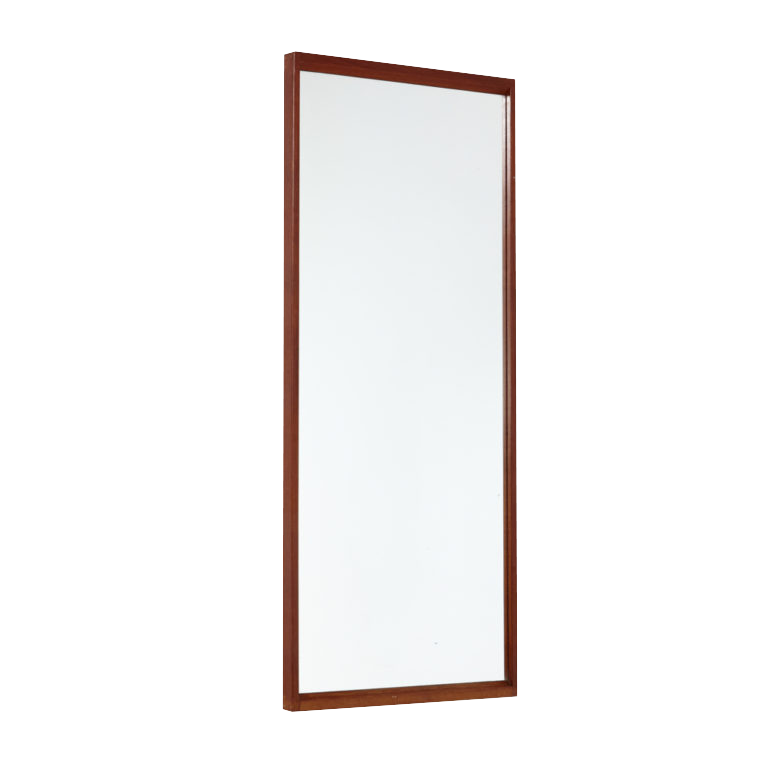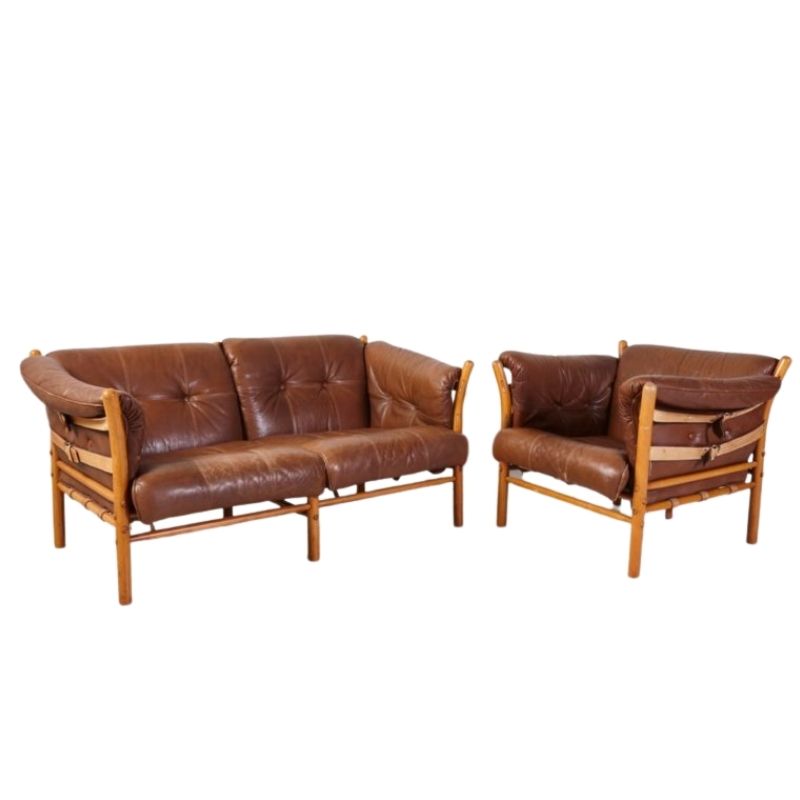I recently picked up this Jens Risom table in a pretty poor state. The main issue is the original slides/guides are missing from the top which hold it in place on the base. So I am going to fabricate some new ones, but have no reference to go on.
I know this already. The secondary wood is maple. There are only holes on the table top not on the base for attaching the guides. They are only attached to half of the top.
I was thinking that maybe a T-shaped or L-shaped piece that went through the slots on the base and was connected from the underside to the top.
Any ideas on materials or other solutions would be greatly appreciated. possibly someone knows the original construction used on the table.
 <img class="wpforo-default-image-attachment wpforoimg" src=" http://old.designaddict.com/sites/default/files/forum/MoljLJG.jp
<img class="wpforo-default-image-attachment wpforoimg" src=" http://old.designaddict.com/sites/default/files/forum/MoljLJG.jp 
Took me a while looking at th...
Took me a while looking at these images to figure out how the table is supposed to work. I've never seen a table that extends in this manner before.
The only thing that makes me doubt the T or L bracket theory is the lack of wear on the slot. It is hard to imagine ~50 years of use without wear on the slot. Or are the photos just lying?
Also, you might need to worry about wood expansion and contraction when you re-make the piece. If it were me, I would use my wood moisture meter and make sure the new piece of wood matches the old. And you still might have problems, depending on how tight a fit you want.
Is the slot wide enough (maybe 2 inches) to put in a new table slide?
http://www.rockler.com/wooden-trestle-table-slides
This isn't the typical...
This isn't the typical 'slide' table, so it doesn't use your typical table glides. It's a flip top / convertible card table (hence the felt lined storage area).
My guess would be of some sort 'T' shaped hardware that kept it secure. There would be discoloration if it was made out of wood. They could have been lost somewhere along the road during a move or something.
Some better overall pictures of the underside of the table top and the entire base might help.
The table slides over half...
The table slides over half way then opens back to double the length. The lack of wear was confusing me as well. I was able to get it in some natural light and you can see there is a definite lightning of the wood where there was a slide at one time. (2nd image) it runs just from the edge of the leg corner all the way down on both sides. It looks like whatever slides were used haven't been on the table for a long time.
Definitely not room for a table slide. The slots on the table are 3/4", as is the maple secondary. which makes me think that they used it for the slides. I cant find anyone selling this exact table to ask for reference. There are a couple of rectangular ones on 1stdibs but havent heard back from them, assuming its the same method.
The expansion and contraction of the new wood was also a concern of mine. I dont own a moisture meter but could get one. Would an 1/8 inch of play on the horizontal and vertical be ok or do you think i could get away with 1/16.
Im thinking of a piece like the last image.
Here is your exact table...
Here is your exact table from other sellers. Maybe they can point you in the right direction...
http://www.1stdibs.com/furniture/tables/tables/jens-risom-walnut-extenda...
http://www.1stdibs.com/furniture/tables/dining-room-tables/jens-risom-ca...
http://www.whitetrashnyc.com/products/jens-risom-walnut-gamedining-table...
Is there a way to make multiple links clickable?
...sorry about that...SMH
Yes, there is a way to make
links clickable. One, anyway. Copy and paste it to the 'associated web link' below the message field, like I'm about to do. (People can view the other photos of the table once they get to that Dibs page.)
http://www.1stdibs.com/furniture/tables/tables/jens-risom-walnut-extenda...
I would go for 1/16 inch. I...
I would go for 1/16 inch. I think a 1/8 gap would make the top feel loose.
I think the best you can do is get a moisture meter and leave the new piece of wood and table together until they read the same before you mill the replacement.
You might be able to put lock washers under the screw heads and get a very small amount of flex out of them to accommodate for varying rates of wood movement between the old and new. (Even starting at the same humidity different pieces of wood expand and contract differently and differently in relation to the direction of the grain).
Yea i measured with a scrap...
Yea i measured with a scrap 3/4 inch board and there is right at a 1/16" gap. Already seems a little loose. might try thin felt to make it a little more snug.
http://pods.dasnr.okstate.edu/docushare/dsweb/Get/Document-2535/NREM-500...
I've been reading about factors in dimensional change, and it's really interesting. I always assumed that denser woods contract/expand less, buts its the opposite due to cell density. After reading this I'm not sure if maple is the best choice. Might go with a fir. Now I see why so many expansion leaf tables use pine species for the guides.
Pine is also cheaper. But I d...
Pine is also cheaper. But I digress...
I don't think using a different wood that moves less is a step in the right direction. What you need to do is match the rates of expansion and contraction so that both pieces move together and preserve the gap between them.
One of your challenges is that maple's tangential expansion is around 10% which can absorb your 1/16- inch gap and seize the slide. Depending on the orientation of the grain in the slot and the bracket you might be seeing that rate or the lower 4% radial expansion rate, which wouldn't be a problem.
If I were building this table I'd cut the slides out of one piece of wood, marking the pieces to preserve orientation through construction. This isn't an option for you unless you replace the slot wood also, which might be the way to go if it is easily removed.
Oh yea I wasn't thinking abou...
Oh yea I wasn't thinking about the expansion contraction of the pieces on the base itself. So having the same species of wood at the same moisture level is the biggest concern so they move at roughly the same amount.
It would be very difficult to remove and cut new wood for the slots on the base. I checked the wood and it looks like the tangential plane of the wood is vertical (possibly quarter sawn) so hopefully it shouldn't be a too big of a problem if I orient the new wood correctly.
I will cut the new slides and wait to glue them for awhile to see if I need to make any changes and go from there.
thanks for all the input. it really is helping a lot.
If you need any help, please contact us at – info@designaddict.com










